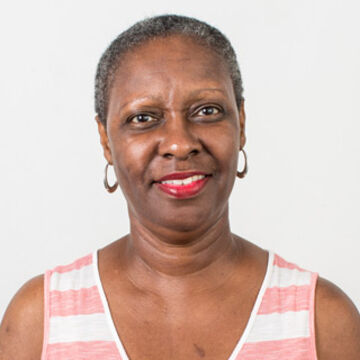| Arch/Inarch: Light and Space |
Architecture, Interior Architecture, and Designed Objects |
2003 (001) |
Spring 2026 |
|
Description
Light is a miraculous condition both conceptually and physically in the fact that it is a medium which can not be touched or held, etc. Light in combination with space creates containers for the production of what can only be described as auras. The ephemeral conditions which light produces actually changes and alters the spaces we inhabit daily.
The course Light & Space is designed to develop and expand both artistic and architectural sensibilities for students in the exploration of natural and artificial light as a medium. This one day a week studio is structured around a series of lectures about the comparison between Architects and Artists through exercises involving both physical and digital models within the city of Chicago.
The exercises will introduce students on how to construct and assemble spaces in order to control light and the effects it has on inhabitants of architectural surroundings. The instructors of Light & Space present a series of case study comparisons between architects and artists as a means to open the possibilities for extreme experimentation within the studio setting. Students final project of the semester is the curation of the collection of imagery designed and rendered via all exercises, but open ended for each individual student?s interpretation and personal expression of social, political, and gender issues, etc.
This course requires students to have a laptop that meets SAIC's minimum hardware specs and runs the AIADO template.
|
Class Number
1025
Credits
3
|
| Arch/Inarch: Color and Space |
Architecture, Interior Architecture, and Designed Objects |
2008 (001) |
Fall 2025 |
|
Description
This one-day studio focuses on colors infinite influence on the human experience and the lived environment. Color interpretation and cultural connectivity will enable students through rigorous representation techniques, and experiments develop a personal color sensibility. Color palettes are examined to distinguish critical and creative thinking in design. Color Theory is studied to identify atmosphere and spaces that affect each of us both psychologically and physiologically. Principles of color usage is explored, how it effects form, light and material.
Some relevant topics we will study include Color and Culture, how people experience their environment through the senses, time, emotions and spatial awareness. Color and Light inseparable partners in the process of perception forming part of the overall design of space. Color, Material and Structure (CMS) are experienced through two important senses, sight and touch. The effectiveness of CMS in design depends upon its relationship to form, also recognizing that materials and finishes, whether glass, granite or paint, contribute color to all space. Some scholars we will study include Josef Albers, Albert Munsell, and Joann and Arielle Eckstut.
The deliverables for the class are precedent research, in-class assignments, relevant readings, Mid-term Project presentation and Final Studio Project presentation at the site presented to the clients.
|
Class Number
1029
Credits
3
|
| Grad Studio 2: Interior Arch |
Architecture, Interior Architecture, and Designed Objects |
5120 (002) |
Spring 2026 |
|
Description
This introductory design studio introduces a broad range of investigative techniques and applies the results to the design of a multi- level environment designed from the inside to the outside.
Course Goals and Objectives
1) Integrate ideas about enclosure and envelope with scale, site, structure, program and form, experimenting with skin effects and affects as a generator of a design, adapting an existing building, and addressing the existing building envelope.
2) Investigate the design of building skins including design, technical, structural, environmental, and social performance, ranging from cultural questions to accessibility, through the conceptual design of a small public building.
3) Develop design and graphic skills by completing the conceptual design of a small public building with a complex program, producing architectural drawings and models at an accomplished level, demonstrating a command of drawing and modeling conventions and an ability to manipulate those conventions to convey ideas relevant to a particular design idea.
4) Demonstrate awareness of the role of accessibility and sustainability in the design process.
|
Class Number
2225
Credits
6
|

